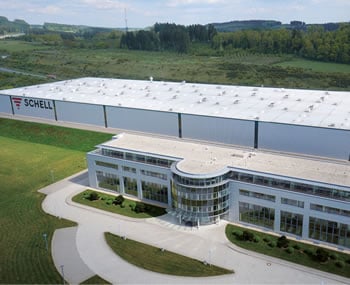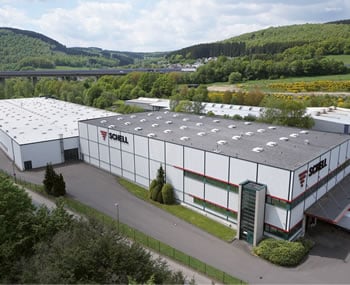“We use digitalisation as an opportunity to further improve our advanced products and solutions”
6-minute read
Of all of the foods and beverages we consume, drinking water is the most important: essential to all life on Earth and indispensable for our continued existence. For this reason, ensuring an adequate supply of clean drinking water is a leitmotif that appears again and again in human history. Aqueducts, cisterns, wells, piping as part of complex supply networks – a range of ingenious solutions have been developed over the course of time and have continually improved drinking water hygiene for human society.
Today, drinking water in Germany and the EU is tightly regulated by appropriate legislation. For a number of years now, water management systems like SWS from SCHELL have been helping the operators of (semi-)public and commercial buildings to meet their obligations for drinking water hygiene both safely and efficiently. Looking to the future, however, what innovations and solutions should we expect to see here? “One thing is certain: the future is digital – and that also goes for drinking water hygiene,” is the prediction from Dr Oliver Fontaine, Head of Product Management and Guido Wurm, Digital Products Manager.
The Water Management System SWS from SCHELL offers flexible wired and/or wireless networking for fittings. What were the requirements and particular challenges when developing SCHELL’s SWS?
Fontaine: To develop a water management system, the first thing you would need would be electronic fittings that had been successfully launched on the market and become established for all relevant tap points. Second, you’d need other technologies that actually make it possible to network fittings via a communications interface. The primary task that was set for SCHELL’s SWS was performing automated flushes – and concurrently, at scheduled points in time and right up to the tapping point – without using individual flushing stations. Only in this way can we achieve a corresponding flow velocity that ensures excessive levels of bacteria and wastes can be flushed effectively out of all piping – and completely, without leaving any water to stagnate. Record-keeping was the secondary task or rather requirement: as drinking water regulations have become tightened, an increasing number of facility managers are looking for ways to prove that they have fulfilled their obligations to maintain water hygiene by means of analysis, continuous logging and reporting functionality. That is exactly what our water management system can offer. We were also keen to ensure that installers and planners had plenty of freedom when choosing how to implement such a system. Wherever it isn’t possible or makes no sense to use wired connections – as in the case of renovations, for example – we wanted to establish wireless networking as an alternative. And we were successful: you can now use both modes, even in the same installation. This keeps options as flexible as possible during planning and installation. The simple cable typology and high levels of coverage offered by MESH networking have also simplified installation and operation.
Wurm: While we were developing SCHELL’s SWS, the stagnation flushes we were performing at our test facility in an existing property really showed us the importance of the concurrency effect: all of a sudden, all of the fittings were blocked because this was the first time that the piping had been flushed clean of debris. This once again highlighted the sheer amount of deposits and other dirt that drinking water installations have to deal with, and how important it is to ensure stagnation flushes are performed at high flow velocities.
SCHELL’s SWS was launched in 2016. What improvements or updates have there been since then?
Wurm: The core SWS functionality was all in place for the launch. In 2020, we added a leak protection fitting that integrates with the system to prevent water damage when systems are unsupervised, as well as updates to optimise the water management system and hardware adjustments to improve wireless coverage. However, the biggest innovation in 2020 was our SMART.SWS. This practical add-on offers a cloud-based online service that provides a handy visualisation of all of the most important SWS operating parameters. Facility managers can log in remotely to access analysis data for any of their buildings, as well as check status messages and reports. This offers more efficiency, plannability and reliability for managers of multiple properties in particular. Here too, however, we were only able to create such a solution once the necessary cloud technology had been put in place. This is why we track the latest technological trends very closely and examine the various technologies to see how they could be best used for our purposes. We use digitalisation as an opportunity to further improve our advanced products and solutions, so as to offer value to our customers, partners and society at large.
So what trends are important at the moment for the development of water management systems?
Fontaine: I think the biggest trend here focuses on the balance between saving water and hygiene. To put it another way, although we want to ensure water is used in a sustainable and economical way, this mustn’t compromise drinking water hygiene. So the best approach is to say that we want to save as much water as possible while allowing as many flushes as are needed to keep a high standard of drinking water quality. At the same time, SCHELL’s Water Management System SWS makes a significant contribution to the sustainable handling of this precious resource, because automated flushes never use more water than is necessary. Looking to the future, water management systems are likely to collect and process more and more data, so that flushes can be much more strongly correlated with the current state of play in the system – such as user behaviour or the building type. Another trend is ‘plug and play’, by which I mean continuing to make the commissioning, handling and updating of water management systems simpler for installers and facility management. While SCHELL’s SWS is already a well thought-out, all-in-one solution that is built from complementary modules – so as to keep installation as simple as possible – we naturally continue to think about how we can further simplify day-to-day work for our customers. This also segues into a third trend, namely the trend for enhanced services and, in turn, improved reliability. A water management system should give facility managers peace of mind: faced with so many tasks and responsibilities, they need to know that they can tick the topic of drinking water hygiene off their list, so to speak.
Wurm: This is where recent technological advances come in again, which enable us to provide our customers with data simply and inexpensively, and to offer services that inform customers proactively and continuously about the status of their drinking water installation. So we’ve been able to provide our customers with even better support for their day-to-day work.
Contemporary water management systems like SCHELL’s SWS are of course designed for use in (semi-)public and commercial sanitary facilities. Do you also see a future for SCHELL’s SWS in the private sector? After all, the coronavirus pandemic really has raised awareness here about good user hygiene and drinking water hygiene.
Fontaine: As I said earlier, electronic fittings are a basic requirement for a water management system. And here I do see a trend that will spread throughout the private sector, simply because contactless fittings not only improve hygiene but are also much easier to use. We can already see this trend in action with kitchen taps. But the topic of stagnation flushes is also becoming more important here: in housebuilding, we are really seeing increased interest in drinking water hygiene and water management solutions. We only have to think about an apartment left vacant due to holidays or renovations to see that there is a real risk to drinking water quality here – which can then spread to other floors. To an extent, landlords are already obliged by law to carry out flushes, so as to avoid the otherwise inevitable contamination of their drinking water installations.
Are there any trends in terms of design?
Wurm: Definitely – and from several perspectives. One of course is the visual appeal: customer interest in a uniform design for all tap points is increasingly important. We’re working on this – and we’ll get there, too. The other design trend relates to software, namely new UX models that account for the customer’s individual settings more effectively and accurately, so as to make commissioning even more convenient and straightforward.
A closing comment for our listeners?
Fontaine: Regulations for drinking water hygiene and water management are likely to be tightened even further in the future. Water consumption will become more sustainable and better documented. New digital technologies will facilitate advanced services that offer more convenience as well as sustainability. And this is the only way to ensure that the quality of our precious resource of water is as good as we expect.
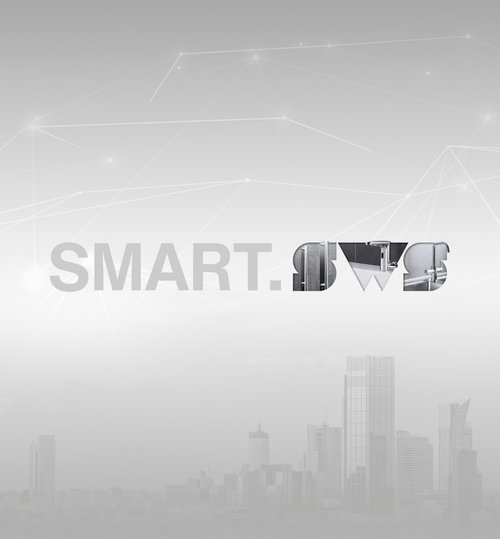
![[Translate to English:] [Translate to English:]](/fileadmin/_processed_/1/b/csm_symstemloesungen_e2_thumb_6bca267f26.jpg)
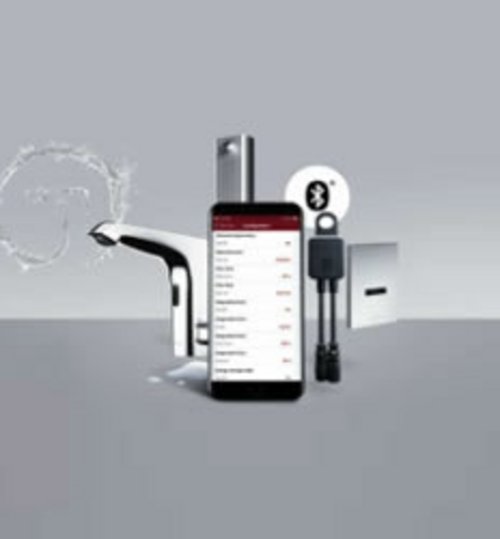
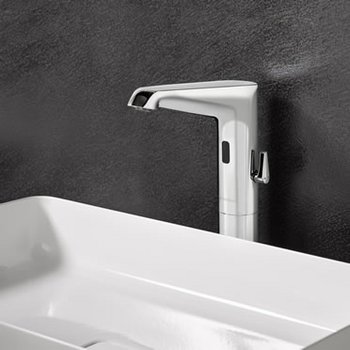
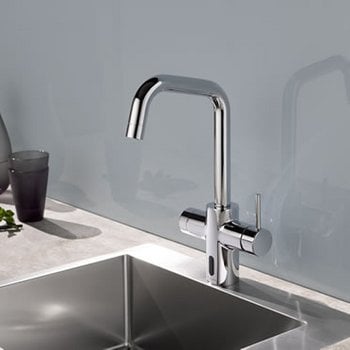
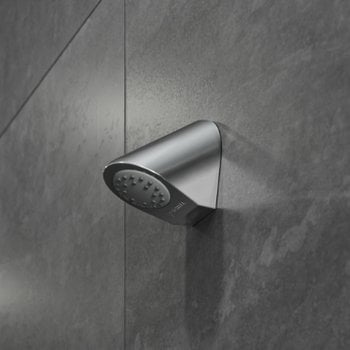
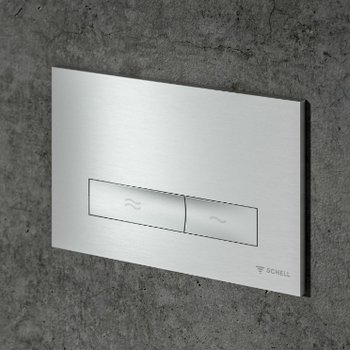
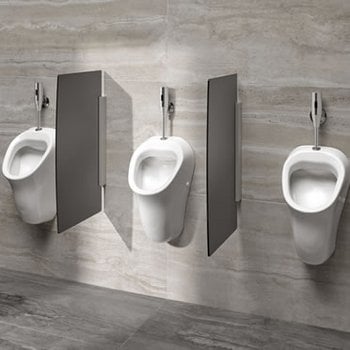
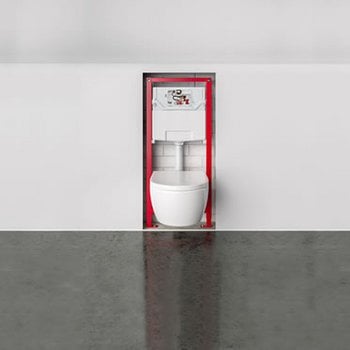
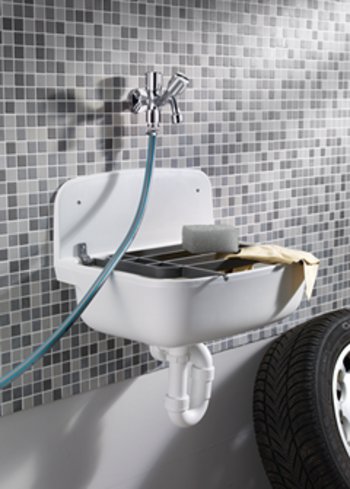
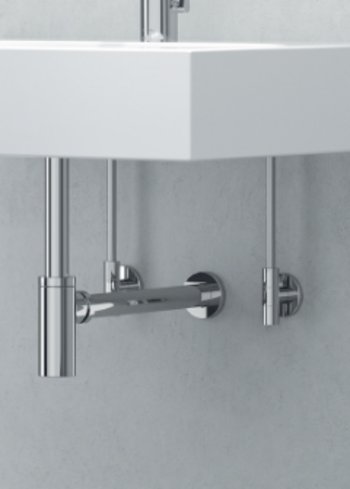
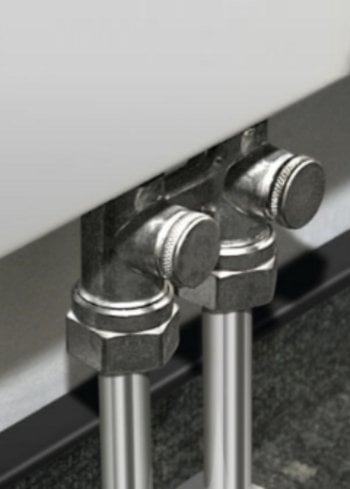
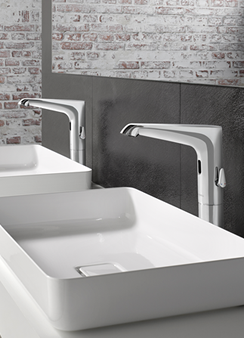
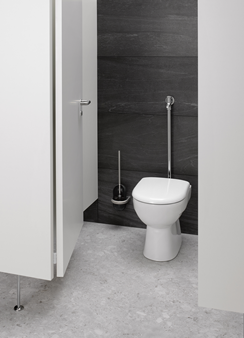
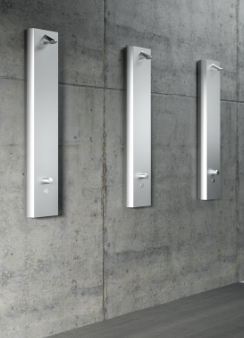

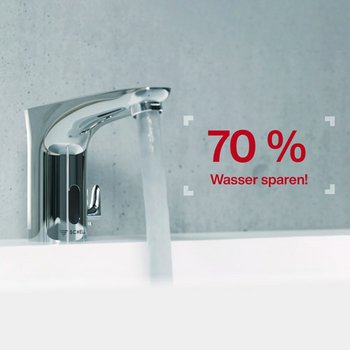
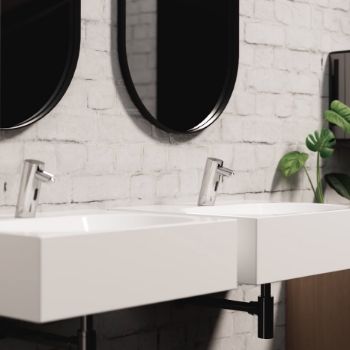

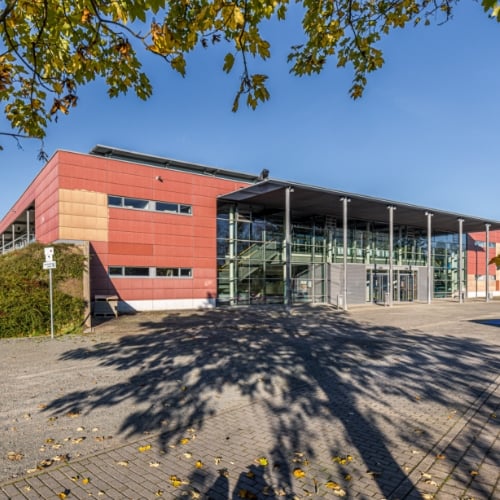
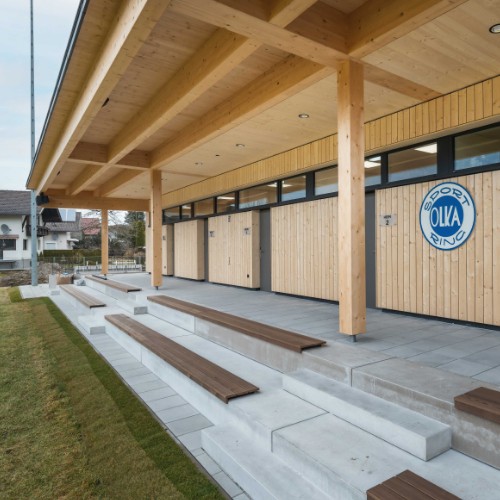
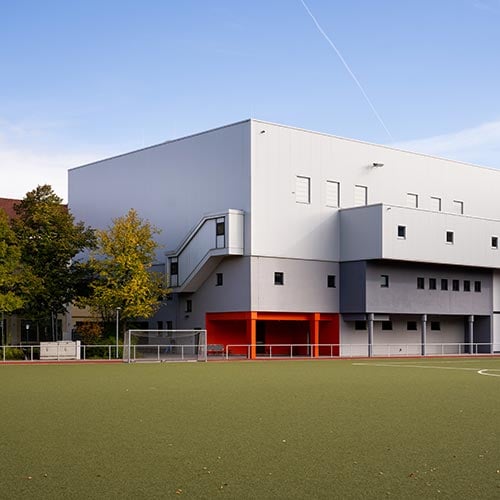
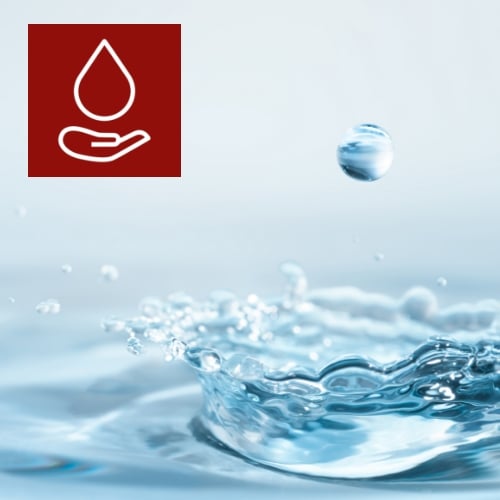
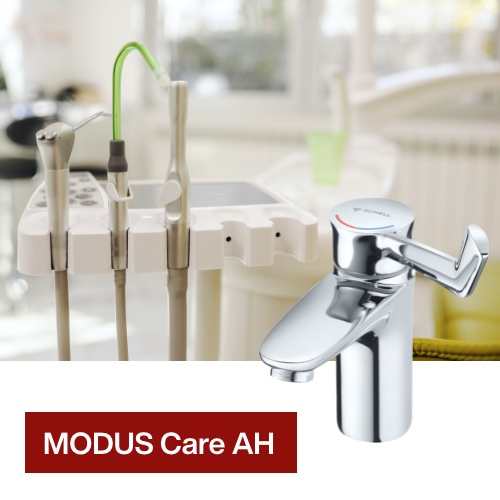
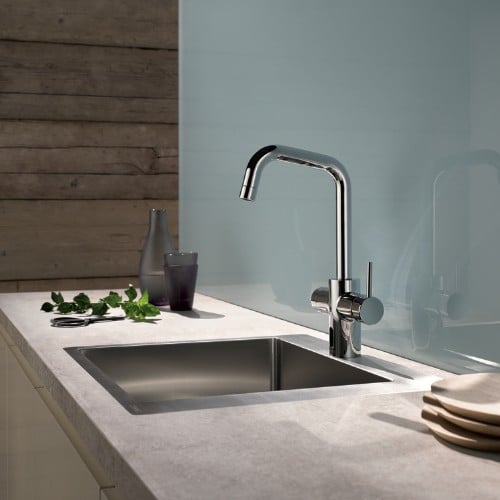
![[Translate to English:] [Translate to English:]](/fileadmin/user_upload/images/menu/menu_service_downloads_broschueren.jpg)
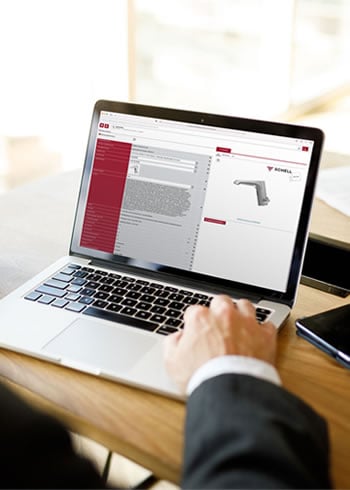
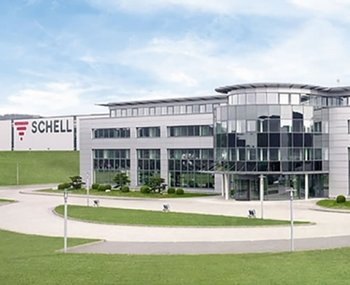


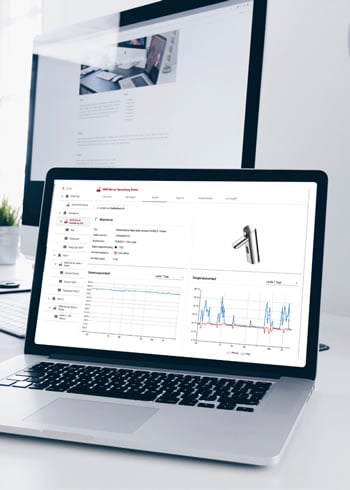

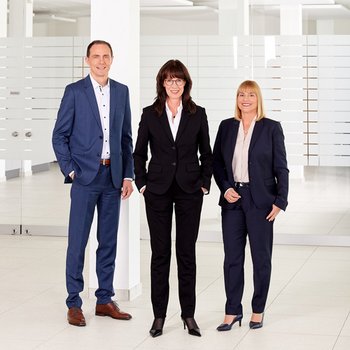
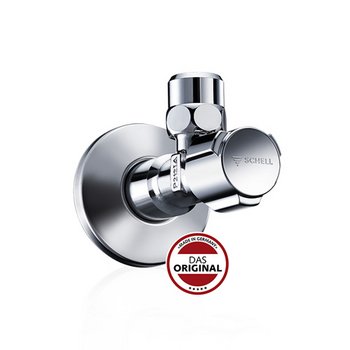
![[Translate to English:] [Translate to English:]](/fileadmin/_processed_/7/7/csm_menu_unternehmen_ueber-schell_awards_f6cec25b1d.jpg)
![[Translate to English:] [Translate to English:]](/fileadmin/_processed_/a/0/csm_menu_unternehmen_ueber-schell_wasser-sparen_41036d2dd9.jpg)


